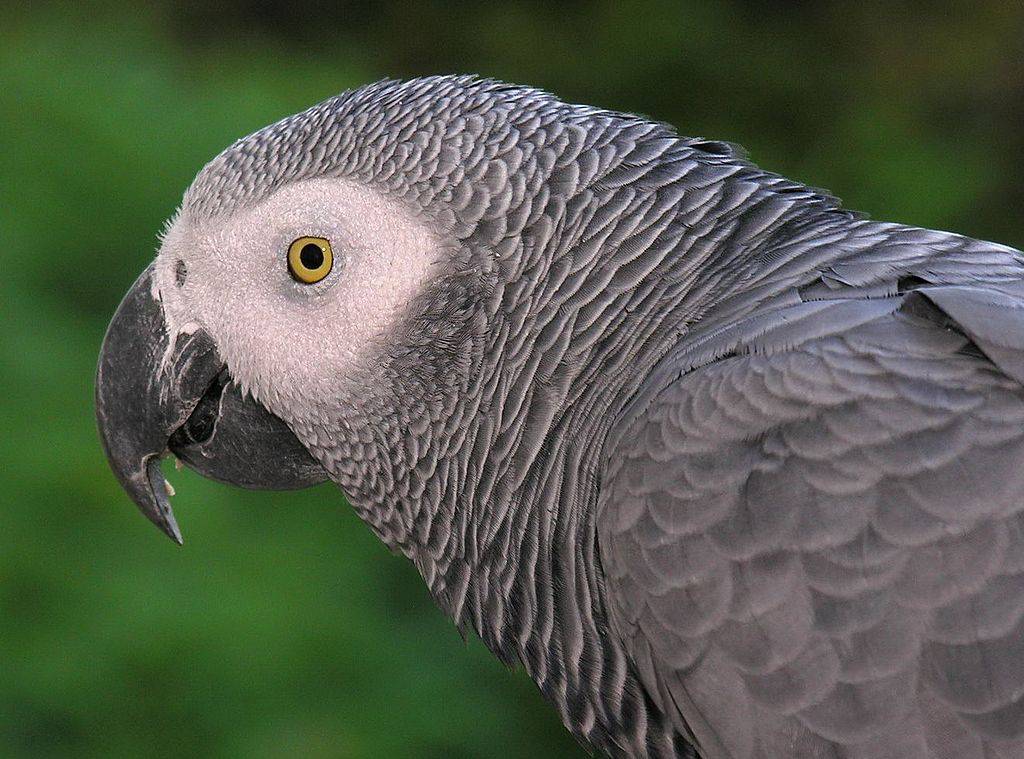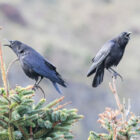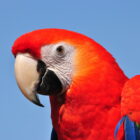Do parrots have individual names?

Parrots, members of the Psittaciformes order, are renowned for their exceptional vocal abilities. Their communication extends beyond mere squawks and chirps, encompassing a diverse range of vocalizations. Studies have shown that parrots use distinct calls for various purposes, including warning of predators, expressing hunger, and maintaining social bonds.
As someone deeply curious about the animal world, I find myself pondering a question that transcends the conventional understanding of parrots intelligence: do parrots have individual names?
The Social Fabric of Parrot Communities
Parrot communities, often referred to as flocks, are not mere gatherings of birds; they are dynamic, interconnected societies where every member plays a distinct role. The hierarchical structure within these flocks is not rigid but rather fluid, shaped by factors such as age, experience, and individual personality.
Within these societies, parrots form close-knit relationships, with some species displaying a propensity for monogamous pair bonding. This emotional connection extends beyond the confines of breeding, fostering a sense of companionship and mutual support. Researchers have observed instances of parrots engaging in cooperative behaviors, such as foraging together or alerting the group to potential dangers.
Social Communication Among Parrots
Communication is the lifeblood of any society, and parrots excel in this realm. Their vocalizations serve diverse purposes, from maintaining contact with flock members to signaling potential threats. The intricate calls and distinctive vocal signatures of individual parrots play a pivotal role in reinforcing social bonds.
Moreover, parrots communicate not only through vocalizations but also through body language and gestures. These non-verbal cues contribute to the nuanced interactions within the flock, allowing parrots to convey emotions, intentions, and even establish territories without uttering a single sound.
Individuality Within the Flock
Each member of the flock is a unique individual with distinct personality traits. Some parrots exhibit boldness, taking the lead in exploring new environments, while others display a more cautious approach. These individual differences contribute to the overall dynamics of the flock, creating a harmonious balance where each member complements the strengths and weaknesses of the others.
In this context, the question of whether parrots have individual names gains relevance. The recognition of individuality within the flock suggests that parrots may possess a nuanced understanding of their fellow companions, potentially extending to the assignment of distinctive identifiers.
Mimicry and the Art of Learning Names
Studies conducted on captive parrots provide valuable insights into the scope of their mimicry capabilities. Researchers have observed instances where parrots not only mimic the names of their human caregivers but also demonstrate a nuanced understanding of the associated context. For example, a parrot might call out a specific name when a particular individual enters the room, indicating a level of recognition and association.
One remarkable case study involves Alex, an African Grey Parrot, whose cognitive abilities were extensively researched by animal psychologist Dr. Irene Pepperberg. Alex not only learned to mimic words but also grasped the concept of labeling objects. Through a series of experiments, Alex showcased an understanding of abstract concepts, counting, and even differentiating between colors. This opens a fascinating avenue of exploration regarding whether parrots, through mimicry, can go beyond simple repetition and actually comprehend the meaning behind the words they imitate, including names.
Case Studies in Avian Cognition
Alex the African Grey: A Pioneer in Avian Studies
At the forefront of avian cognition research stands Alex, an African Grey Parrot whose journey with Dr. Irene Pepperberg revolutionized our understanding of parrot intelligence. Over a span of three decades, Alex demonstrated an astonishing vocabulary, reportedly mastering over 100 words, and not merely mimicking them but understanding their meanings.
One of the groundbreaking aspects of Alex’s abilities was his grasp of numerical concepts and categories. He could distinguish shapes, colors, and quantities, showcasing a cognitive depth that extended beyond basic mimicry. His ability to articulate novel phrases, ask questions, and engage in meaningful conversations challenged preconceptions about the cognitive limitations of non-human animals.
Griffin and Athena: Exploring Abstract Concepts
In recent years, researchers have continued to unlock the cognitive mysteries of African Grey Parrots, with Griffin and Athena emerging as noteworthy participants in this journey. These parrots, studied at the Comparative Cognition Laboratory at Harvard University, have showcased a remarkable aptitude for understanding abstract concepts.
Griffin, for instance, demonstrated an ability to comprehend the concept of zero – a cognitive feat previously thought to be exclusive to humans and a select few animals. Athena, on the other hand, showcased an understanding of relative size, challenging traditional notions of avian cognitive abilities.
These case studies with African Grey Parrots emphasize the depth of their cognitive capacities, suggesting that their ability to learn names and concepts goes beyond mere mimicry. It opens a window into the rich mental landscape of these birds, hinting at an intricate understanding of the world around them.
The Pionus Parrots: Exploring Vocal Learning in Other Species
While African Grey Parrots steal the spotlight in avian cognition research, other parrot species also contribute valuable insights. Pionus parrots, not as renowned for their talking abilities, have been subjects of studies exploring vocal learning and cognitive flexibility.
Research on Pionus parrots has revealed that, despite their less prominent reputation for mimicry compared to African Greys, they still exhibit a degree of vocal learning. This challenges the notion that advanced vocal mimicry is exclusive to certain parrot species and broadens our understanding of the spectrum of cognitive abilities across the Psittaciformes order.










